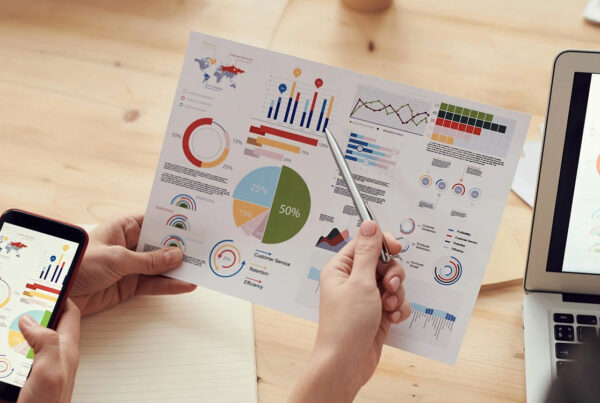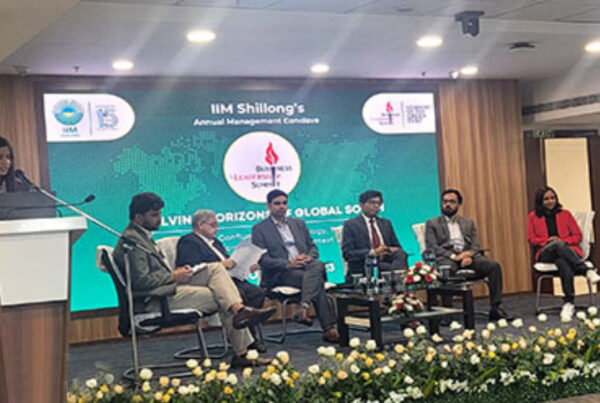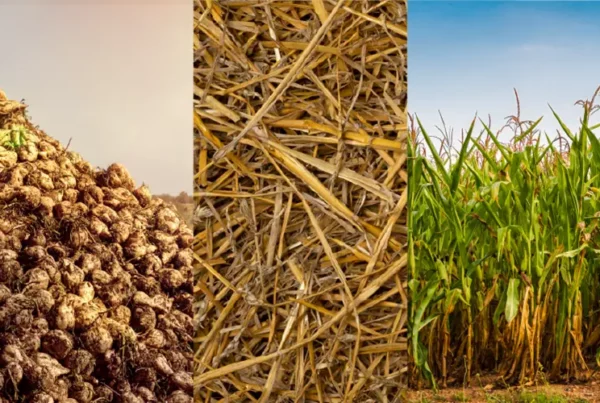Onset of the Covid-19 pandemic had a significant impact on the world economy in 2020. The aftermath and ensuing lockdown measures led to considerable inconvenience for majority of the population, increased unemployment, and weak and fragile economies. Industrial output was also stalled due to the lockdown. Supply-side bottlenecks reached unimaginable levels, and, in some cases, demand could not be recovered. A similar situation was also witnessed during the 2008 financial crisis. However, the backdrop was different then.

The Composite Leading Indicator (CLI), along with the Business Confidence Index (BCI) and Consumer Confidence Index (CCI) from the OECD database, clearly demarcates the 2008 US recession from the covid-19 catastrophe in 2020.

The Long-Term Interest Rate (LTIR) started declining due to some external shocks, primarily reduction in the Fed rate.
Financial crisis of 2008
- Cheap credit facilities and loose lending standards primarily triggered the crisis in 2008 and, consequently, the US housing bubble burst.
- Why did the LTIR start to decline after 2000?
- As the Fed lowered the Federal Fund Rate to strengthen a weak economy after the dot.com bubble and 9/11 terrorist attacks, commercial banks approved large housing loans without proper collateral checks
- Individuals bought over-valued houses and when the bubble burst, they could not to pay-off the loans even after selling their houses.
- Thus, the economy became weak, & people lost their jobs.
- During the 2008 crisis, the fall in CLI was gradual due to complex interconnection between financial and macro parameters.
- In 2020, the effect was sudden on lives and livelihoods as the lockdown measures dented industrial production and effective demand.

Unemployment rate rose sharply in 2020 than 2008. This explains the fact that there was a severe macroeconomic disbalance during the 2008 crisis and hence, stabilisation in the unemployment rate was prolonged.
Covid-19 crisis of 2020
- The immediate lockdown announcement amid the Covid-19 pandemic led to a weakening in the global economy.
- Loss of human lives and livelihoods really endangered demand-side aspects of each economy; consequently, even the supply mechanisms went through a rough phase.
- A swift revival in US employment bolstered the economy, thereafter.

- Corporate profits also slowed down in 2008 and 2020. However, the economic recovery was faster in 2020 compared to 2008. Furthermore, Real Gross Private Investment rose steeply during the same period.
- Having said that all, we are well aware of the lower economic activities in the US market (Q2 2022) that subsequently resulted in a downtrend in the Composite Leading Indicator, Business Confidence Index and Consumer Confidence Index
Will the US face a Depression or an economic revival soon?
- Generally, the US economy was believed to have recovered at a quicker pace after 2020, but there was a gradual latent effect of global shocks such as energy price hikes, Ukraine-Russia conflict and the stringent lockdown measures in China recent past.
- Technically, the US economy is in recession with two consecutive, negative quarterly GDP growth (Q1 and Q2 2022), but there is a pertinent question: Will the US economy continue to move towards a depression, or will it recover quickly?
- Experts are divided on the revival of this low phase in the US economy.
- The recent tussle between China and Taiwan may have a significant consequence on the US economy; hence, the global economic situation is dependent on several socio-political intricacies of major powers
AUTHORS –
Ankur Rastogi, Vice President, Business Research
Seasoned management consulting and business research professional with over 12 years of experience, focusing on client acquisition and key client management and project execution, mainly in metals & minerals and Energy verticals.
Furkaan Khan, Senior Analyst, Business Research
Specialist in developing models to track and analyze key regional and national data sets to create fast-track and periodic reports for specific trends/developments affecting the global and regional metals and minerals industry.
Ritwik Sasmal, Analyst, Business Research
A quantitative analyst cum strategic business professional, with deep interest in market demand analysis in sectors like automotive, iron-ore mining & other metal industry.
Contact us at https://www.agrknowledge.com/contact-us




